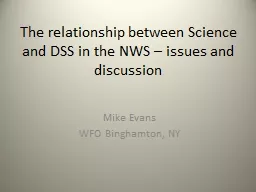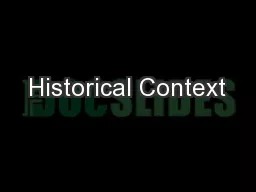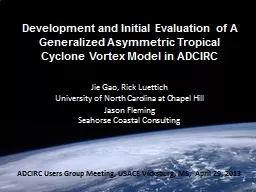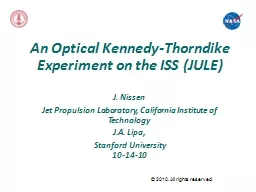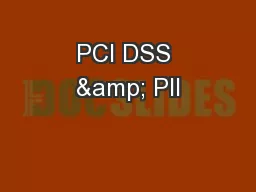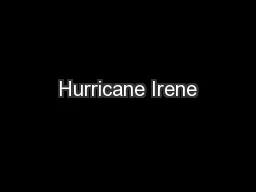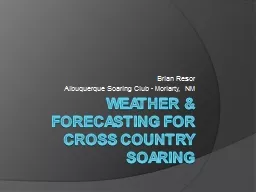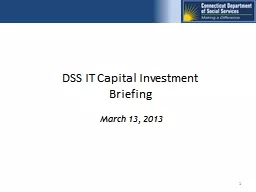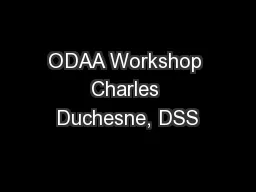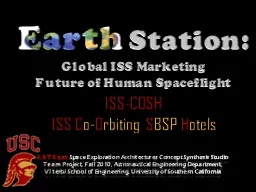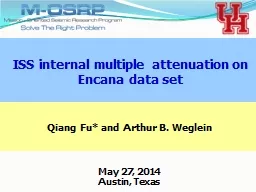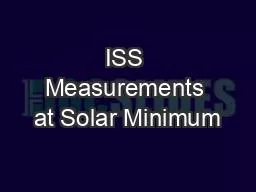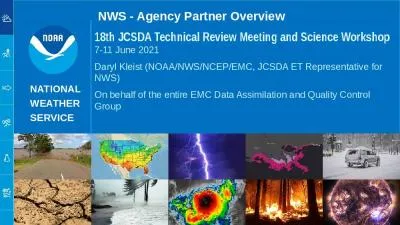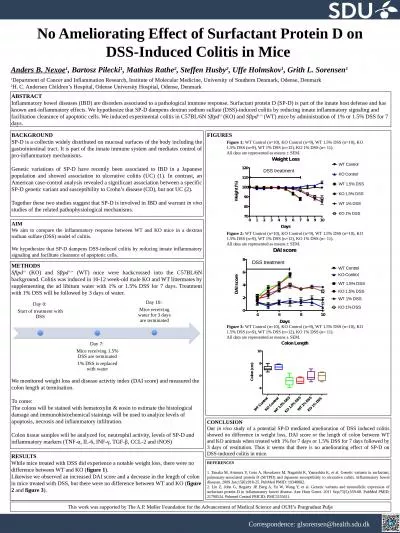PPT-The relationship between Science and DSS in the NWS – iss
Author : pasty-toler | Published Date : 2017-07-11
Mike Evans WFO Binghamton NY Some quotes on the increasing emphasis on decision support services in the National Weather Service Ten years ago If we are not careful
Presentation Embed Code
Download Presentation
Download Presentation The PPT/PDF document "The relationship between Science and DSS..." is the property of its rightful owner. Permission is granted to download and print the materials on this website for personal, non-commercial use only, and to display it on your personal computer provided you do not modify the materials and that you retain all copyright notices contained in the materials. By downloading content from our website, you accept the terms of this agreement.
The relationship between Science and DSS in the NWS – iss: Transcript
Download Rules Of Document
"The relationship between Science and DSS in the NWS – iss"The content belongs to its owner. You may download and print it for personal use, without modification, and keep all copyright notices. By downloading, you agree to these terms.
Related Documents

